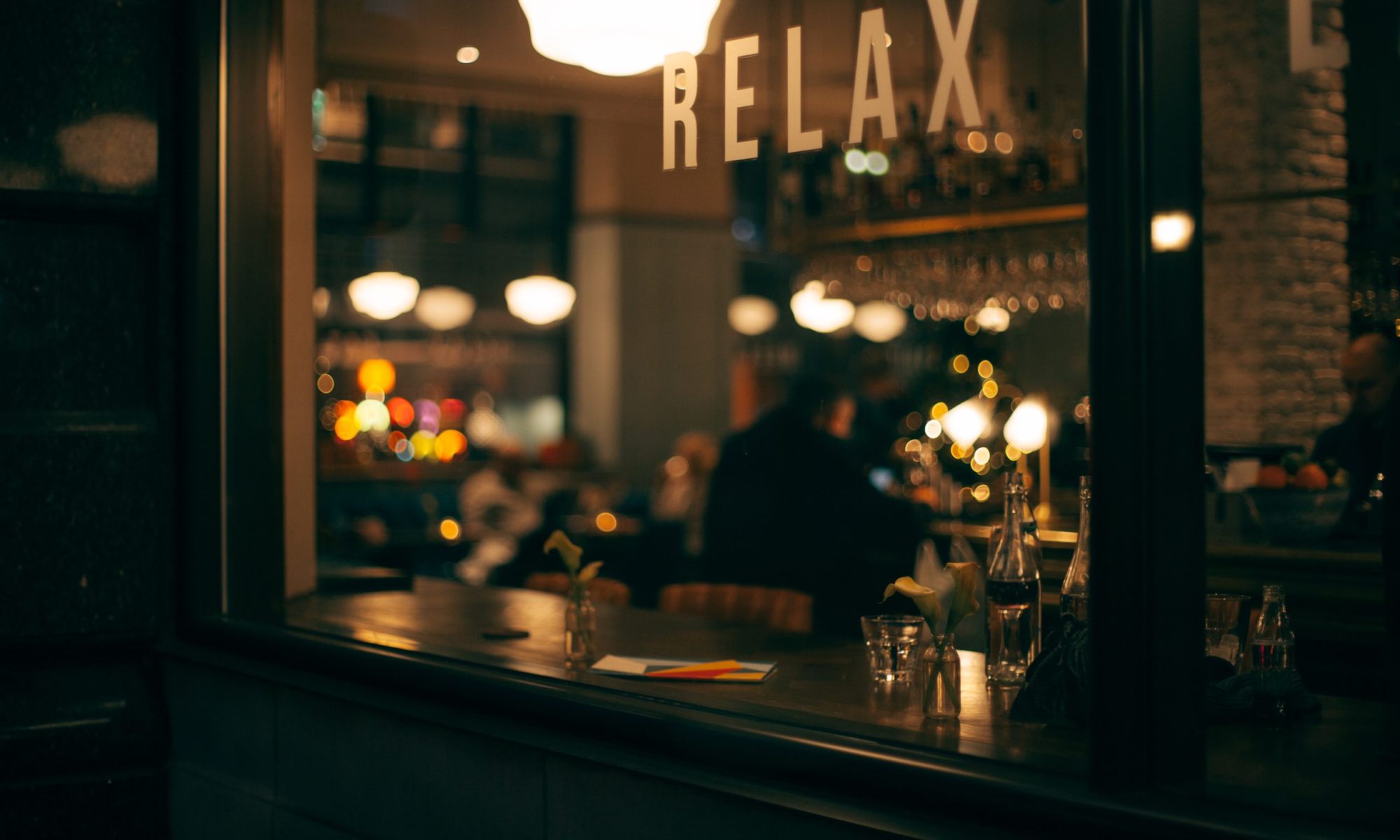For decades developers have abruptly stopped the work they’re doing in the morning to convene with a manager and give status. This practice has hurt our process, slowed our releases and even ruined good engineers. It needs an overhaul.
If you’re a scrum master or manager, you’re probably appalled by this statement, but there is a gamut of articles over the past few years that echo this sentiment and provide compelling evidence of our failure by tradition.
Three improvements that I see with the current practice are:
1. Its time of day
2. The questions asked
3. The meeting’s duration
4. The meeting purpose and meaning to its participants
The best time of day for a stand-up
Have you ever noticed how so many people are tired around 2:30 in the afternoon? Daniel Pink reveals in his book When that this is a natural phenomenon and one to be gravely aware of. Any hospital procedure (surgery, diagnosis, etc.) is more likely to go wrong in the afternoon. Car accidents peak between 2 and 4. And software engineers increase their bugs and sloppy code. The afternoon is when we need to pair program the most so we catch our bugs before checking them in and keep our quality high.
During a time in my life when I worked from 6AM to 10PM regularly, I noticed that my code was not at the quality level I expect from myself so I started to monitor when certain sloppy code and bugs were introduced. I discovered that 90% of them were after 2PM. What’s even more grim was that any work after 10 hours was counter-productive… it was so bad that it took more time to fix than it took to write.
It’s actually more productive to not fix the tough bugs that we discover in the afternoon, go home, relax, and fix the bug the following day. We want to handle difficult issues with a fresh mind, so why are we spending any of that precious time in meetings? That’s a mistake. We want to have our meetings in the afternoon – preferably at 2PM. This allows us enough time remaining in the day to start removing road-blocks, to wrap up our daily projects, and to combine efforts to end our day in a positive way.
By having a positive meeting at 2PM, we can inject some energy to the team through motivation and support that can help them cary through the remainder of the day. This is the best time to take a break, refresh ourselves and rejuvenate our efforts to make it through the rest of the day with our greatest potential.
Our most focused time and our highest peak in performance is in the morning. It turns out we have a reserve for willpower that helps gauge better decisions. That reserve is its highest in the morning and depletes throughout the day until, by 2PM we feel tired and bad things start to happen. Paradoxically, our best time for creativity and distractions is in the afternoon.
In a Scientific American article, The Inspiration Paradox, we read:
To be sure, if your task requires strong focus and careful concentration – like balancing spreadsheets or reading a textbook – you are better off scheduling that task for your [morning]. However, if you need to open your mind to alternative approaches and consider diverse options, it may be wise to do so when your filter is not so functional [in the afternoon]. You just may be able to see what you’ve been missing.
Scientific American, The Inspiration Paradox

